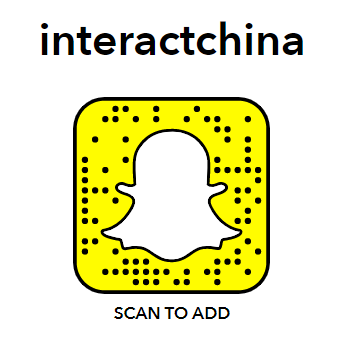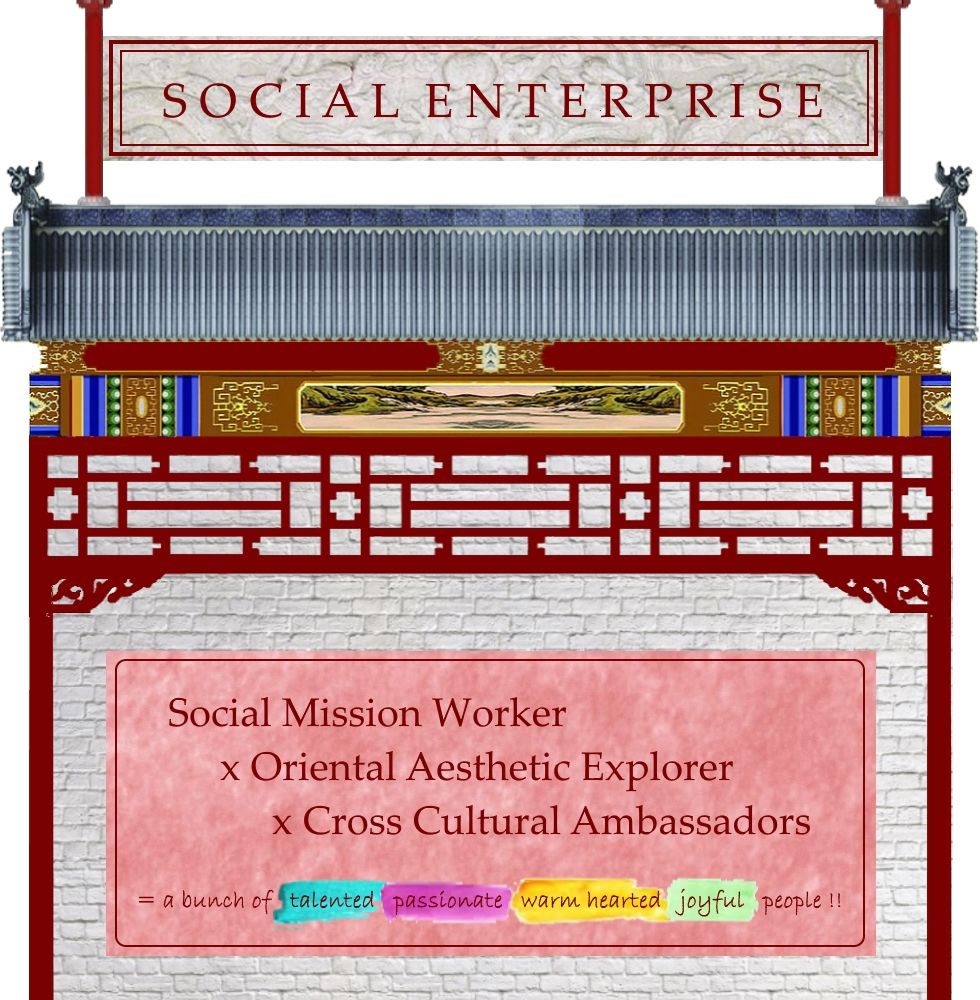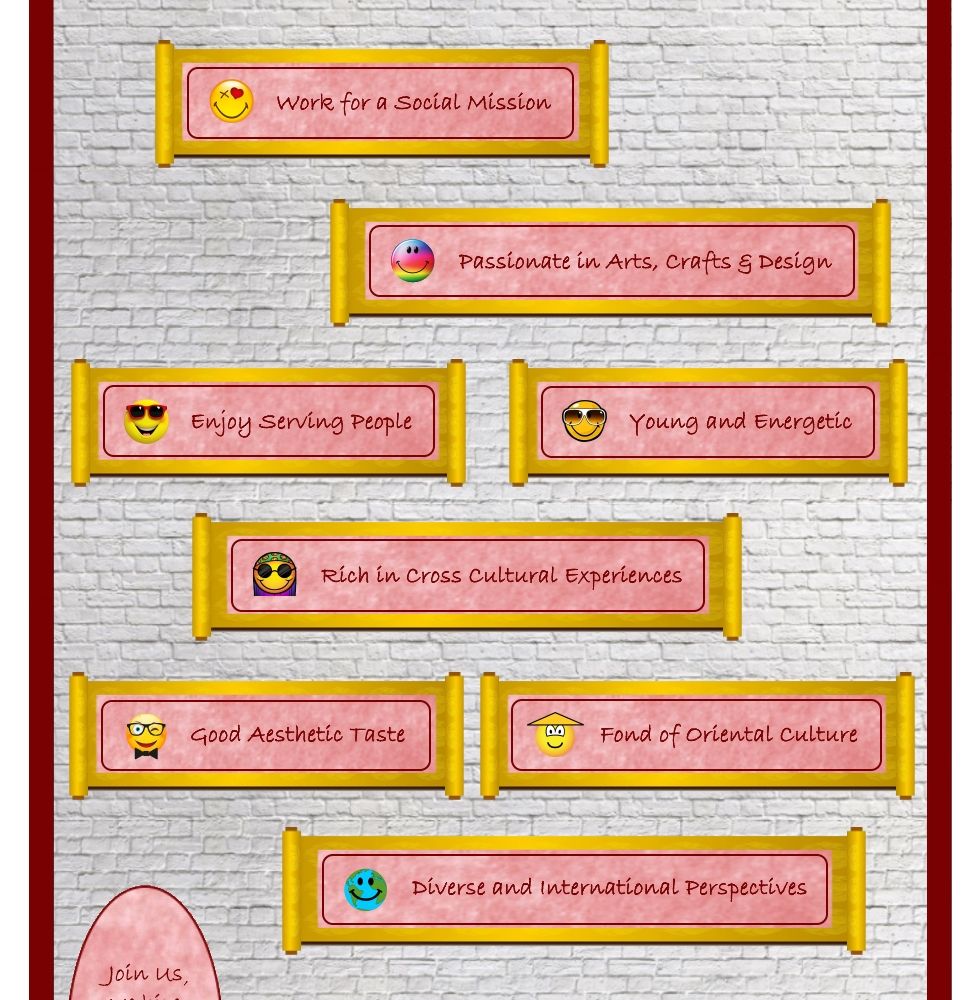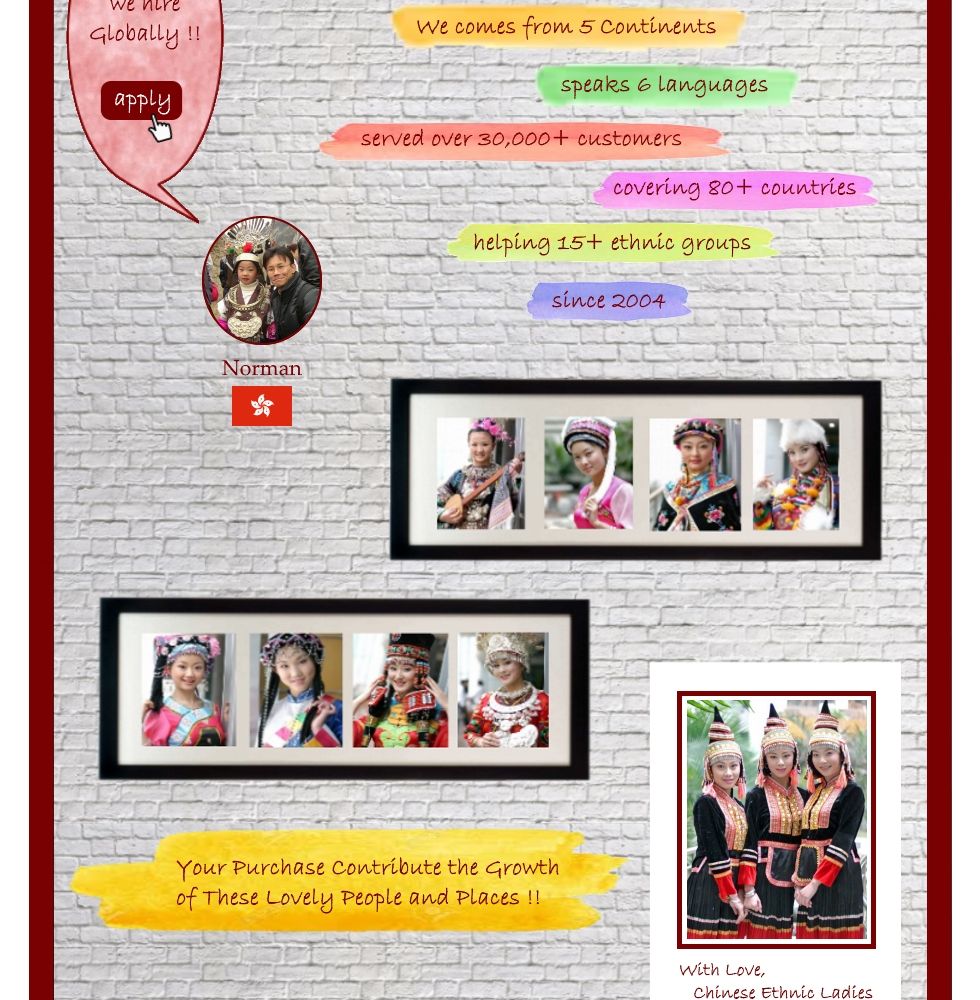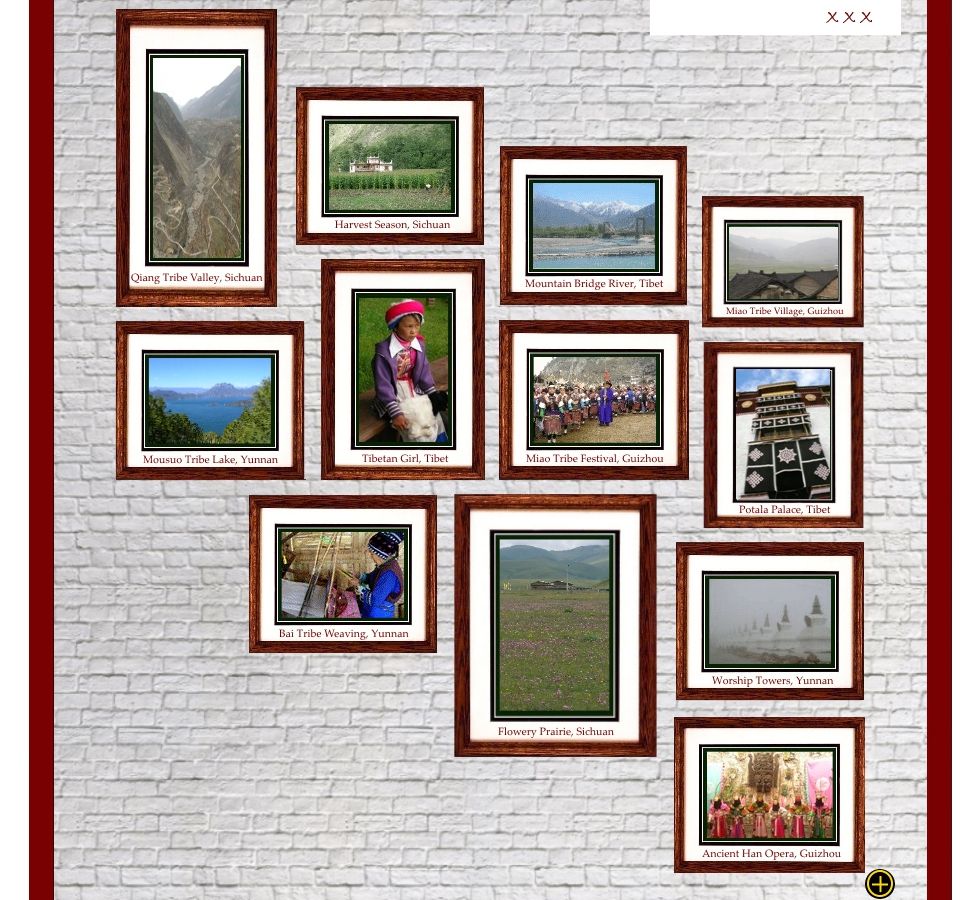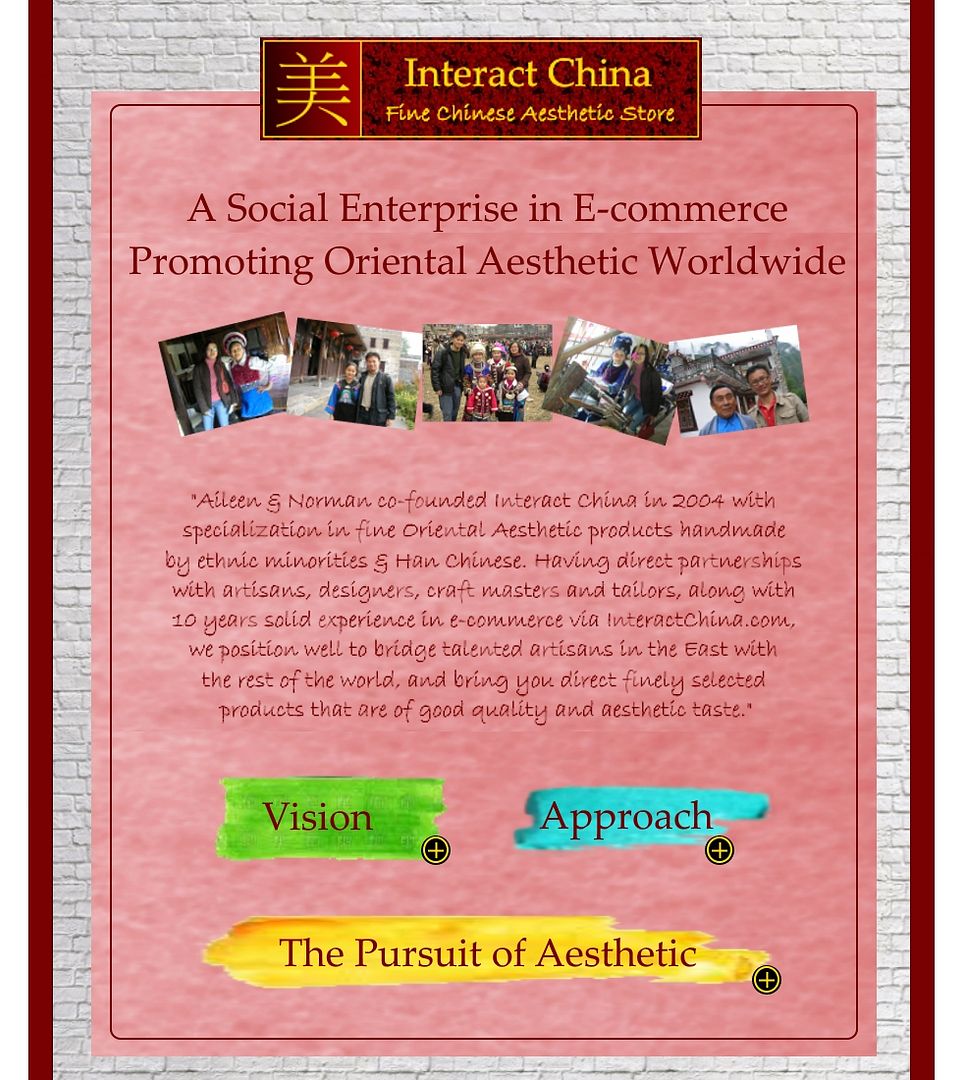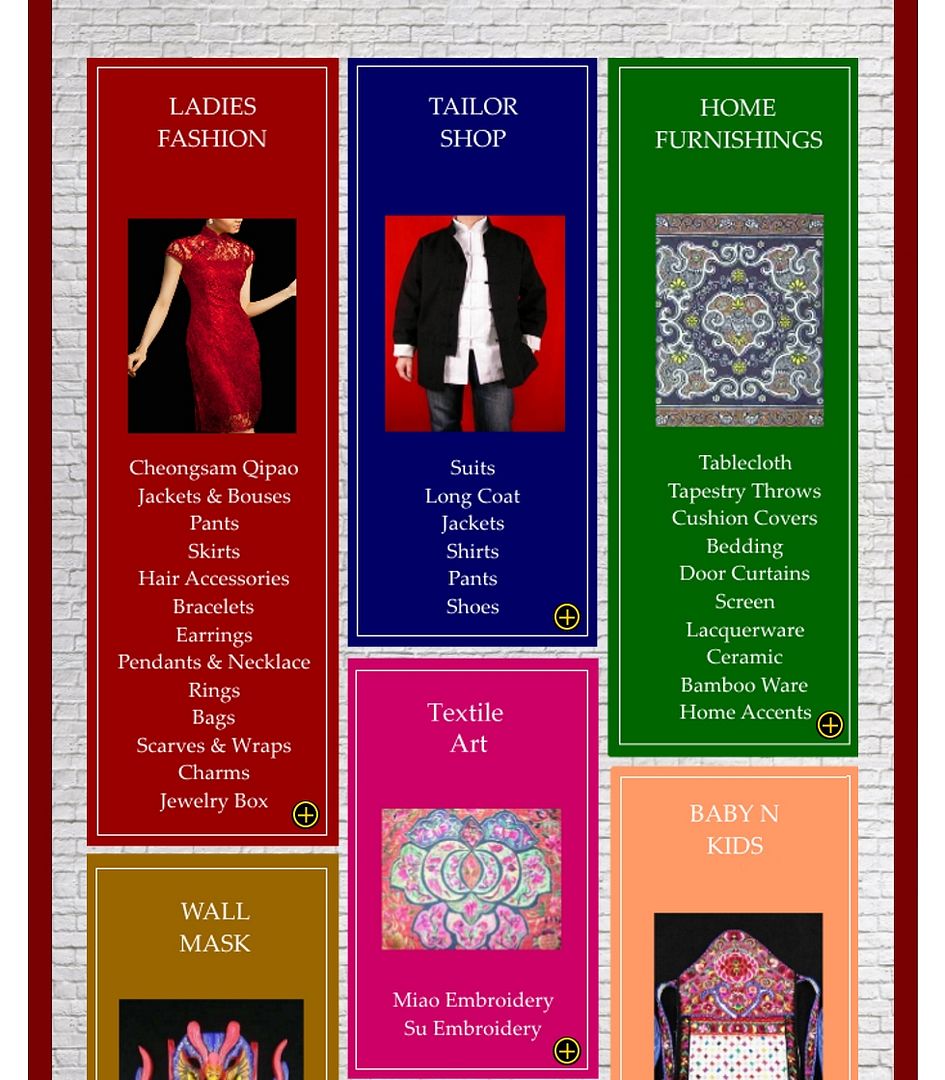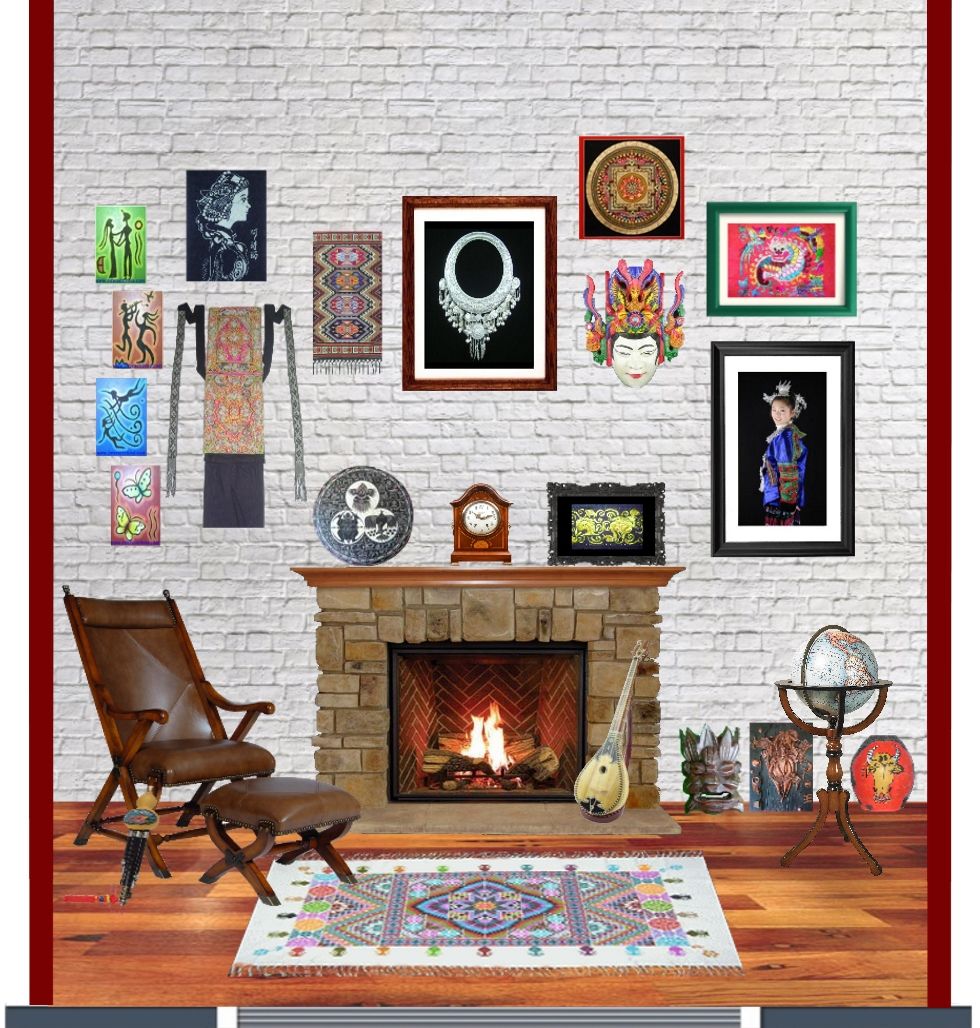A Poem Written On Silver
5th Jun 2017
 Silver has unique significance in Miao Hmong culture. The Miao people have been deeply fascinated with silver since ancient times. The culture of silver was handed down since the Qin and Han Dynasties (221BC to 220 AD). The Miao’s silver jewelry are second to none in terms of quantity and varieties. The craft has developed into a unique art form.
Silver has unique significance in Miao Hmong culture. The Miao people have been deeply fascinated with silver since ancient times. The culture of silver was handed down since the Qin and Han Dynasties (221BC to 220 AD). The Miao’s silver jewelry are second to none in terms of quantity and varieties. The craft has developed into a unique art form.
The silver jewelry of Miao are in large varieties, which are particularly represented by that of Leishan County of Guizhou province and Fenghuang County of Hunan Province. Silver jewelries mainly include silver crown, horn, comb, earrings, necklace, bracelet and ring. These jewelry are mainly worn by women. The reason of wearing silver is primarily aesthetic, but also as amulets to ward off evil and as symbols of wealth.
Significance of Silver in Miao Culture
It is a tradition that when a girl is born, her parents will start saving money to make fancy silver jewelry that can weigh several kilograms. On the wedding day, the girl will be wearing these beautiful silver accessories all over her body, the more and heavier the better, showing her beauty and wealth of family and adding joyful atmosphere to the event. 
The Origin of Miao Silver
In history, the Miao people live in regions of no silver resources, they had to work hard and melt almost all the silver coins and ingots they earned. This led to different levels of silver purity as currencies differed from region to region. For instance, the southeastern area of Guizhou province is divided into two parts by Leishan Mountain. In the north area, people used Dayang (a kind of silver currency) to make jewelry, so the silver purity was high, while in the south area, Erhao (a kind of silver currency) was used, so the jewelry contained less silver. Since 1950s, the Chinese government has showed great respect to Miao people’s custom and allocated certain amount of silver to them at a low price every year.

Traditional Craft
Today’s silver jewelry with basic fixed patterns and designs are the result of years of passing down and inheritance. Casting, beating, knitting, chiseling and carving are the common techniques for making silver ornaments. The patterns adopted are mostly dragon, phoenix, flower and bird, which are lifelike and exquisite. They are largely inspired by other art forms such as embroidery and wax printing. The silversmiths continuously improve and renovate the designs and patterns while keeping the traditional designs.
Miao Hmong silver jewelries are diversified, colorful, eternal and meaningful, just like beautiful poems written on the silver worth reading perpetually.
by Xiao Xiao @ InteractChina.com
About Interact China
“A Social Enterprise in E-commerce Promoting Oriental Aesthetic Worldwide”
Aileen & Norman co-founded Interact China in 2004 with specialization in fine Oriental Aesthetic products handmade by ethnic minorities & Han Chinese. Having direct partnerships with artisans, designers, craft masters and tailors, along with 10 years solid experience in e-commerce via InteractChina.com, we position well to bridge talented artisans in the East with the rest of the world, and bring you direct finely selected products that are of good quality and aesthetic taste.
So far we carry 3000+ goods covering Ladies Fashion, Kungfu Clothing, Home Furnishings, Babies & Kids, Painting Arts, Textile Arts, Carving Arts, Tribal Jewelry Art, Wall Masks and Musical Instruments. Our team speak English, French, German, Spanish and Italian, and serve customers worldwide with passion and hearts.
P.S. We Need People with Similar Passion to Join Our Blogging Team!
If you have passion to write about Oriental Aesthetic in Fashion, Home Decor, Art & Crafts, Culture, Music, Books, and Charity, please contact us at bloggers@interactchina.com, we would love to hear from you!






